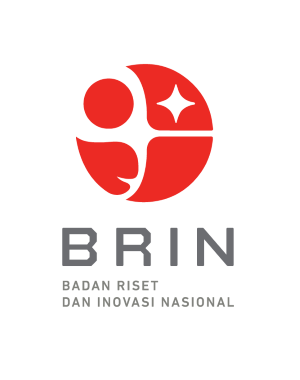UJI PROKSIMAT PRODUK BAKSO DARI BAHAN KULIT UDANG VANAME (Litopenaeus vannamei)
DOI:
https://doi.org/10.33096/joint-fish.v6i1.198Keywords:
Shrimp Shell, Waste,, Meatball ProductsAbstract
Vaname shrimp (Litopenaeus vannamei) is one type of white sea shrimp that is popular with the public and is in demand in the market. The color is white with slightly bluish shades. The advantage of the shrimp is that the meat is tender and delicious. High shrimp consumption and production produce a lot of waste. The waste is easily rotten, causing environmental pollution around the dump, especially bad environmental odors and aesthetics. One of the uses of shrimp shell waste that has prospects for development and has high economic value is Meatball fishery products. The purpose of this study was to determine the protein and calcium content in meatball products with the utilization of vaname shrimp shells, and to analyze organoleptic tests on meatballs. The method used in this study is the Complete Randomized Design (RAL) experimental method with 4 (four) treatments using different numbers of shrimp shells and 3 (three) repeats. A1: 0 grams. A2: 150 grams, A3: 200 grams and A4: 250 grams then perform protein tests and calcium tests and organoleptic tests using google forms. Data from fat, protein and calcium analysis results are carried out using the ANOVA RAL test, if there is a difference it is carried out with the Smallest Real Difference test. The results showed that the addition of vaname shrimp shells had no effect on the fat content of shrimp shell meatball products. While calcium has a significant influence. The results of organoleptic tests on shrimp shell meatballs are the best on the appearance of allotment A, odor of behavior C, taste of behavior D and texture of treatment B













